5. The Gun Scene in Bottle Rocket
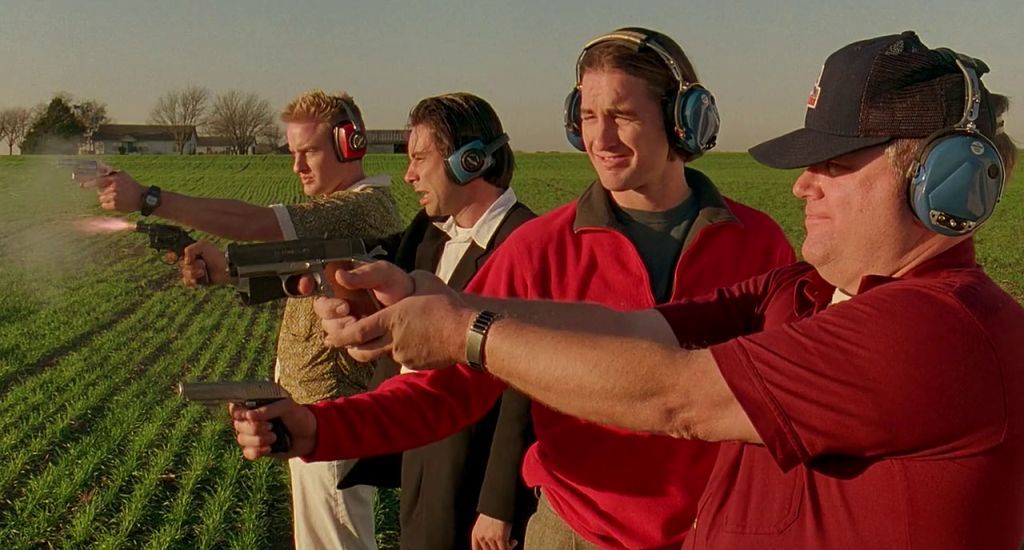
“Bottle Rocket” introduced the world to Wes Anderson with the help of the Wilson brothers. Anthony (played by Luke Wilson) and Dignan (played by Owen Wilson), with the help of some friends, are planning a heist. Although the film wasn’t commercially popular, it did feature Anderson’s directorial debut. You can see in “Bottle Rocket” where Anderson’s visual style developed. Although his signature color palettes aren’t as present in this movie, it is distinctly him.
In this comedic crime story, Anderson also developed his slightly awkward comic style and timing. It’s best displayed in this scene where Anthony, Dignan and their partner Bob (played by Robert Musgrave) are figuring out the logistics of the heist. However, Anthony and Bob start to play with the gun they just bought, frustrating Dignan.
“Keep the gun on the table!” Owen Wilson shouts as his partner tries to comfort him. Here, Anderson plays with interesting camera angles as well as an unusual and subtle comedic style. This scene, while not necessarily groundbreaking, is essential to fans of Anderson.
4. The Funeral Scene in The Darjeeling Limited
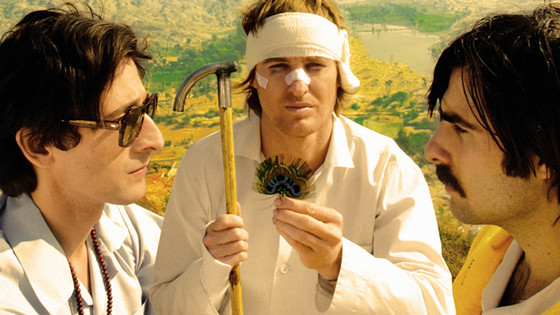
“The Darjeeling Limited” is a cinematic masterpiece with a distinctly Anderson cast. Peter (played by Adrien Brody), Francis (played by Owen Wilson) and Jack (played by Jason Schwartzman) are three brothers who have not seen one another since their father’s funeral. They reunite on a train to go on a spiritual journey and visit their mother (played by Anjelica Huston).
In another moving scene just before the funeral, the three brothers spot three boys playing in the river. Suddenly, the young boys begin to drown, and the brothers only can save two. “I didn’t save mine,” Peter says, carrying the body of the dead boy. The brothers return the three boys—two alive, one dead—to their home and stay for the funeral.
While facing their own father’s death, the trio lay the young boy to rest. In another slo-mo shot, the brothers walk through the funeral full of mourners in white clothing. The song “Strangers” by the Kinks is playing loudly in the background as they leave the area. Although most of Anderson’s movies are in this comedy-drama style, this one leans more towards drama as the boys deal with mortality. It is so visually stunning, emotionally moving and one of Anderson’s best cinematic moments.
3. Caught on the Train (the second time) in The Grand Budapest Hotel
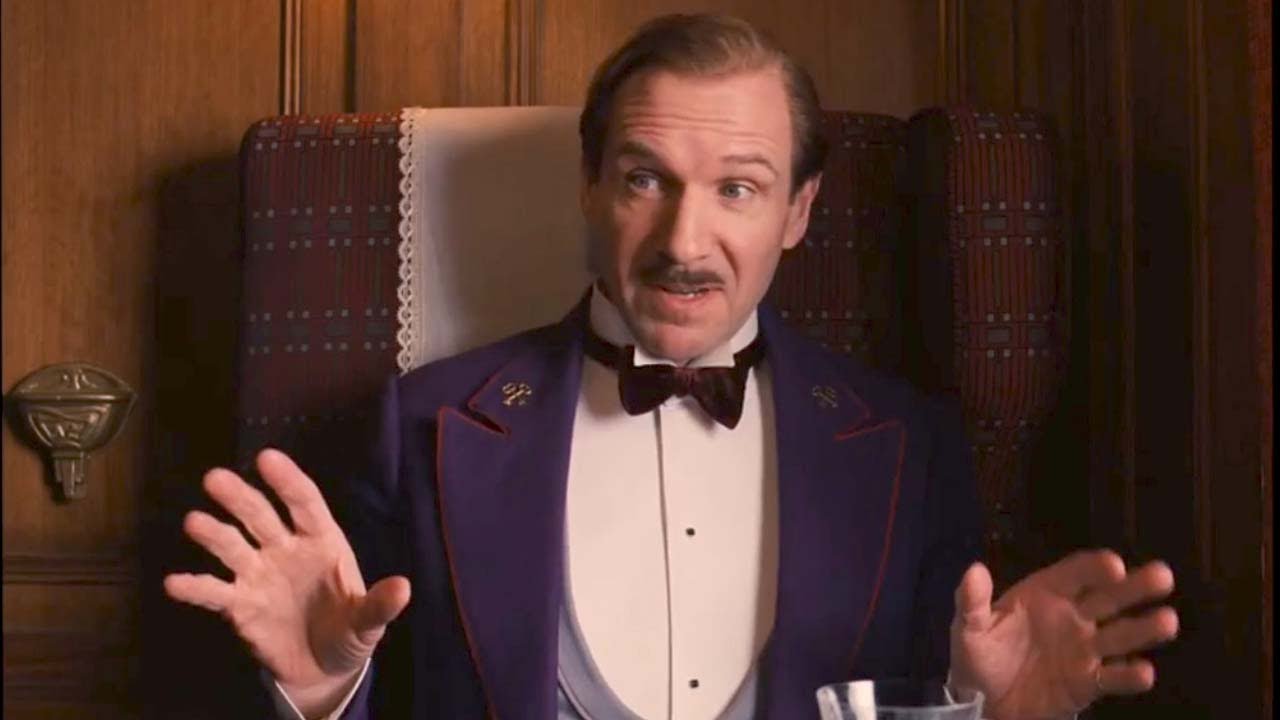
Anderson’s latest film, “The Grand Budapest Hotel”, was a critical and commercial success and landed him more Oscar nominations than the rest of his films. The narrative concerns the Grand Budapest Hotel and the lives of hotel concierge M. Gustave (played by Ralph Fiennes) and lobby boy Zero (played by Tony Revolori). It also includes the painting Boy with Apple, which is left to Gustave by a wealthy patron.
This scene takes place after the main story has ended. All is well until the group is on a train that Zero and Gustave encountered earlier in the movie. Soldiers are again checking their papers and Zero’s immigration status. This time, however, their country was annexed and they do not accept Zero’s papers. Gustave again defends Zero, but as Zero describes, the soldiers take him outside and shoot him.
This scene is so unique because it happens after the original storyline and it is filmed in black and white, offsetting it from the bright colors of the movie. It mirrors an earlier scene of Zero and Gustave escaping this fate and shows how the country Gustave thrived in has changed.
While “The Grand Budapest Hotel” was one of Anderson’s most popular films, it was also one of his most violent. It is a harsh and realistic narrative for a country at war. It’s incredibly upsetting to watch as Zero loses another family member (his family was executed before coming to the hotel) and a beloved character’s life is ended in just under a minute. It’s not the classic Anderson style, but the director nails this upsetting scene.
2. The Discovery of the Tiger Shark Scene in The Life Aquatic
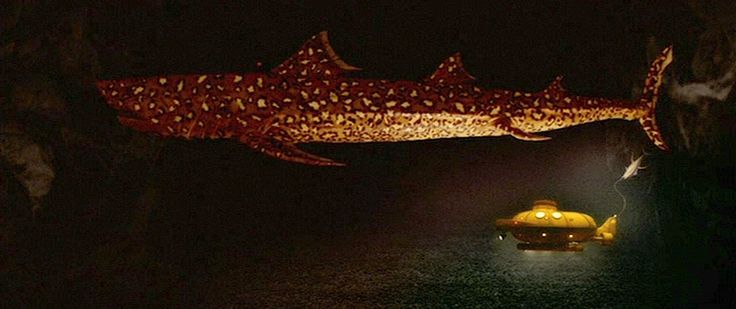
“The Life Aquatic with Steve Zissou” is another powerful drama from Anderson. The plot surrounds oceanographer Steve Zissou (played by Bill Murray) as he plans to document and kill the tiger shark that ate his friend and partner, Esteban. The plot surrounds the chaos and emotional drama around trying to find this shark.
Without the emotional setup of the movie and the song from Sigur Rós, this scene may have been slightly corny. The shark is obviously fake and there is a real simplicity to the submarine into which the crew is crowded. However, the pain on Bill Murray’s face, the great soundtrack and expert camera angles make this scene incredibly moving. “I wonder if it remembers me,” Steve says, breaking into a sob as they pull away from the shark.
Anderson’s expert angles depict each character through a window and then all together with Steve in front. Although they were divided, each member of the crew rests a hand on Steve’s shoulder, signaling a powerful change in all involved.
1. The Shaving Scene in The Royal Tenenbaums
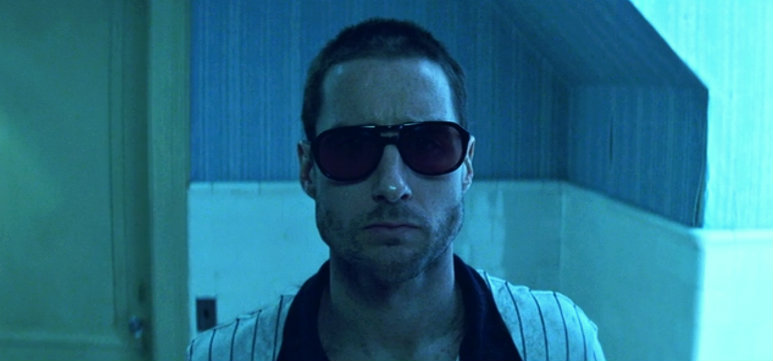
“The Royal Tenenbaums” is arguably the best of Anderson’s movies. It features an excellent cast, smooth narration from Alec Baldwin, and of course Anderson’s stunning production design. Luke Wilson is unbearably heartbreaking in his role as Richie Tenenbaum. He is sympathetic to his outcast father, kind to his overbearing family, and desperately in love with his adopted sister Margot (played by Gwyneth Paltrow).
Near the climax of the movie, Margot’s husband Raleigh St. Clair (played by Bill Murray, of course) and Richie discover Margot’s series of affairs, including Richie’s childhood friend Eli Cash (played by Owen Wilson). Standing alone in a blue-toned bathroom, Richie takes off his sunglasses, shaves his beard and his hair, which had masked him. “I’m going to kill myself tomorrow,” he whispers before blood streaks down his arms and hair covers the bathroom sink.
The scene is artfully done, set to Elliott Smith’s haunting “Needle in the Hay”. The camera focuses almost solely on Richie only breaking to show flashes Margot’s stunning face as Richie sees it. This scene is the first time the audience sees Richie clearly and, in a series of jump cuts, we watch him unravel. The scene is so quintessentially Wes Anderson and yet it is so unexpected, making it a masterpiece.
Author Bio: Grace Fenlason is an undergraduate journalism and English major at Northern Arizona University. She is a desert-born freelance writer and is currently working on a book of . She loves her cat, her dog and movies that make her ugly cry.